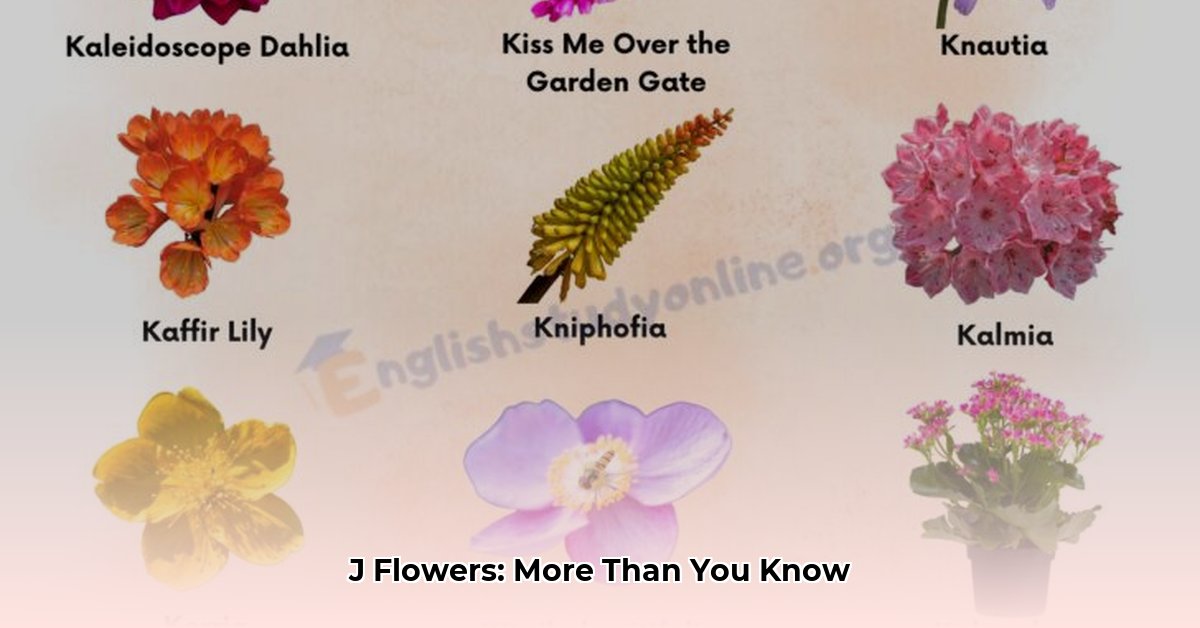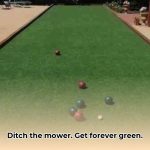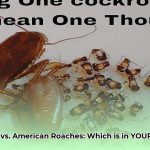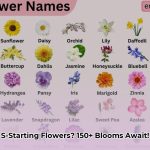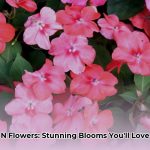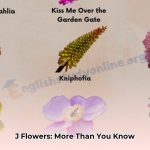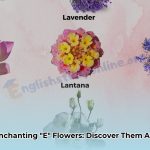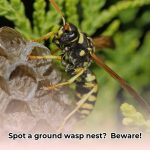Journey into the World of “J” Flowers
This guide explores the diverse world of flowers beginning with “J,” offering insights into their unique characteristics, care tips, symbolism, and more. From the fragrant jasmine to the vibrant jacaranda, discover the beauty and wonder of these floral gems.
“J” Flowers: An Overview
Jacaranda ( Jacaranda mimosifolia )
The jacaranda, with its stunning lavender-blue blooms, creates a breathtaking spectacle. Native to South America, this sun-loving tree thrives in warm climates and well-drained soil. Some cultures associate it with wisdom and rebirth, while others believe it brings good luck. Research is ongoing to explore potential medicinal uses.
Jasmine ( Jasminum spp.)
Known for its intoxicating fragrance, jasmine is beloved worldwide. Whether a climbing vine or compact shrub, its delicate white or yellow flowers add romance and delightful aroma. Used in perfumes and aromatherapy, its scent is suggested to have calming and mood-boosting effects.
| Jasmine Type | Botanical Name | Key Features | Sun Needs |
|---|---|---|---|
| Angel Wing Jasmine | Jasminum nitidum | Vigorous climber, fragrant white flowers | Full sun to part shade |
| Arabian Jasmine | Jasminum sambac | Double white flowers, used for jasmine tea | Full sun |
| Common Jasmine | Jasminum officinale | Delicate white flowers, delightful fragrance | Full sun to part shade |
| Pink Jasmine | Jasminum polyanthum | Delicate light pink flowers, strong fragrance | Full sun to part shade |
| Royal Jasmine | Jasminum nobile/rex | Largest blooms, less potent fragrance | Full sun to part shade |
Japanese Anemone ( Anemone hupehensis var. japonica )
These elegant autumn bloomers, with cup-shaped flowers ranging from white to deep rose, add a touch of grace to the fall garden. Native to China, they thrive in partial shade and well-drained soil. They are often associated with anticipation and the changing seasons, but some also believe they symbolize resilience.
Japanese Bellflower ( Campanula punctata )
With their whimsical, bell-shaped, often speckled flowers, Japanese Bellflowers attract hummingbirds and bees. Adaptable to both full sun and partial shade, they bring a touch of charm.
Japanese Cherry Blossom ( Prunus serrulata )
An iconic symbol of spring, the Japanese Cherry Blossom’s delicate pink or white flowers create breathtaking displays. They thrive in sunny locations with well-drained soil.
Japanese Iris ( Iris ensata )
The majestic Japanese Iris boasts large, showy flowers in an array of colors. As aquatic plants, they flourish in consistently moist soil or shallow water. Cultivated for centuries, ongoing research explores their genetic diversity.
Japanese Kerria ( Kerria japonica )
Like bursts of sunshine, the Japanese Kerria’s cheerful yellow flowers illuminate the spring landscape. This deciduous shrub thrives in full sun to partial shade.
Japanese Toad Lily ( Tricyrtis hirta )
The unique, speckled flowers of the Japanese Toad Lily resemble orchids, adding a touch of exotic beauty to shady gardens. They prefer moist, well-drained soil.
Japanese Wisteria ( Wisteria floribunda )
The cascading, fragrant flowers of Japanese Wisteria create a romantic ambiance. Provide full sun and good soil drainage for optimal growth and abundant blooms.
Jaborosa ( Jaborosa spp.)
Adding a touch of mystery to the evening garden, Jaborosa’s unusual, often fragrant, trumpet-shaped flowers attract moths. They prefer well-drained soil and are considered tender perennials.
Jack-in-the-Pulpit ( Arisaema triphyllum )
This distinctive woodland plant, with its hooded spathe, adds whimsy to shady, moist environments. Its unique appearance makes it a conversation starter.
Jacob’s Ladder ( Polemonium caeruleum )
With ladder-like leaves and bell-shaped blue flowers, Jacob’s Ladder adds graceful charm. It thrives in partial shade and well-drained soil.
Jamesia Americana ( Jamesia americana )
This deciduous shrub perfumes the air with fragrant white flowers. It prefers full sun to partial shade and evokes a classic cottage garden feel.
Jatropha ( Jatropha spp.)
Jatropha encompasses succulents and shrubs with colorful flowers. Caution: some species have toxic seeds. They thrive in warm climates.
Jaumea ( Jaumea spp.)
These low-growing plants, with cheerful yellow daisy-like flowers, are ideal for ground cover or edging. They prefer full sun and well-drained soil.
Jewelweed ( Impatiens capensis )
Also known as Touch-Me-Not, Jewelweed’s orange or yellow flowers have exploding seed pods. They flourish in moist, shady areas.
Joe Pye Weed ( Eutrochium purpureum )
This tall perennial, with large mauve-pink flower clusters, attracts butterflies and other pollinators. It thrives in moist soil.
Johnny Jump Up ( Viola tricolor )
These cheerful, edible flowers, with their charming “faces,” add a whimsical touch to salads or desserts. They prefer full sun to partial shade.
Jonquil ( Narcissus jonquilla )
The fragrant, yellow jonquil, a type of daffodil, heralds spring. It thrives in full sun and well-drained soil.
Jerusalem Sage ( Phlomis fruticosa )
Not a true sage, this drought-tolerant plant features vibrant yellow, hooded flowers. It thrives in full sun and adds architectural interest.
Jewels of Opar ( Talinum paniculatum )
With delicate pink flowers resembling miniature gemstones, Jewels of Opar attract pollinators. They can self-sow and offer subtle textural contrast.
“J” Flowers: A Quick Reference
| Common Name | Scientific Name | Key Features |
|---|---|---|
| Jacaranda | Jacaranda mimosifolia | Lavender-blue trumpet-shaped flowers |
| Jasmine | Jasminum spp. | Fragrant white or yellow flowers |
| Japanese Anemone | Anemone hupehensis | Cup-shaped pink or white flowers |
| Japanese Bellflower | Campanula punctata | Bell-shaped, often speckled, flowers |
| Japanese Cherry Blossom | Prunus serrulata | Delicate pink or white blossoms |
| Japanese Iris | Iris ensata | Large, showy flowers, various colors |
| Japanese Kerria | Kerria japonica | Cheerful yellow flowers |
| Japanese Toad Lily | Tricyrtis hirta | Orchid-like, speckled flowers |
| Japanese Wisteria | Wisteria floribunda | Cascading fragrant flowers |
| Jaborosa | Jaborosa spp. | Unusual, often fragrant, trumpet flowers |
| Jack-in-the-Pulpit | Arisaema triphyllum | Hooded spathe |
| Jacob’s Ladder | Polemonium caeruleum | Ladder-like leaves, blue bell flowers |
| Jamesia Americana | Jamesia americana | Fragrant white flowers |
| Jatropha | Jatropha spp. | Colorful flowers, some with toxic seeds |
| Jaumea | Jaumea spp. | Yellow daisy-like flowers |
| Jewelweed | Impatiens capensis | Orange or yellow flowers, exploding pods |
| Joe Pye Weed | Eutrochium purpureum | Mauve-pink flower clusters |
| Johnny Jump Up | Viola tricolor | Small, “faced” edible flowers |
| Jonquil | Narcissus jonquilla | Fragrant yellow daffodil |
| Jerusalem Sage | Phlomis fruticosa | Yellow, hooded flowers, drought-tolerant |
| Jewels of Opar | Talinum paniculatum | Delicate pink, gem-like flowers |
Seasonal “J” Flowers
Spring
- Jacob’s Ladder (Polemonium caeruleum): Bell-shaped flowers in shades of blue, white, and pink.
- Japanese Kerria (Kerria japonica): Bright yellow, pompom-like flowers.
- Japanese Primrose (Primula japonica): Tiered whorls of vibrant blooms and the Japanese quince (Chaenomeles japonica) displays red, orange, pink or white flowers followed by apple-like fruits in fall.
- Jonquil (Narcissus jonquilla): Clusters of fragrant, small yellow blossoms.
Summer
- Jatropha (Jatropha integerrima): Eye-catching clusters of coral-red flowers.
- Jasmine (Jasminum officinale): Intoxicating fragrance and delicate white flowers.
- Japanese Iris (Iris ensata): Showy blooms in shades of purple, blue, and white.
Fall
- Japanese Anemone (Anemone hupehensis var. japonica): Delicate, cup-shaped flowers in shades of white, pink, and rose.
- Japanese Toad Lily (Tricyrtis hirta): Orchid-like, speckled blossoms.
Creating a “J” Flower Garden
Consider your local climate and USDA Hardiness Zone when selecting “J” flowers. Most prefer well-drained soil, but sunlight needs vary. Research each flower’s specific requirements and consult local gardening experts or nurseries for personalized advice. Microclimates and specific cultivars can influence a plant’s success, so ongoing research in plant hardiness is valuable.
| Flower Name | Bloom Season | Colors | Hardiness Zones | Sun Needs |
|---|---|---|---|---|
| Jacob’s Ladder | Spring | Blue, white, pink | 4-8 | Part Shade to Full Sun |
| Japanese Kerria | Spring | Yellow | 4-9 | Full Sun to Part Shade |
| Japanese Primrose | Spring | Various | 4-8 | Part Shade |
| Japanese Quince | Spring | Red, orange, pink, white | 5-8 | Full Sun |
| Jonquil | Spring | Yellow | USDA Zones 3-9 | Full to partial sun |
| Jatropha | Summer | Coral-red | 9-11 | Full Sun |
| Jasmine | Summer | White, yellow | 7-10 | Full Sun to Part Shade |
| Japanese Iris | Summer | Purple, blue, white | 4-9 | Full Sun to Part Shade |
| Japanese Anemone | Fall | White, pink, rose | 4-8 | Part Shade to Full Sun |
| Japanese Toad Lily | Fall | White, speckled with purple or lavender | 4-8 | Part Shade |
Caring for Jasmine and Jonquils
Jasmine
- Light: At least six hours of direct sunlight daily for summer bloomers; bright, indirect light for indoor plants. Winter bloomers tolerate some shade.
- Soil: Well-draining soil rich in organic matter, ideally sandy loam; pH between 6.5 and 7.5. Adding bark and peat moss improves drainage in potting mix.
- Watering: Keep soil consistently moist but not waterlogged; weekly watering for garden jasmine, more during hot spells; potted jasmine two to three times per week, or when the top inch of soil is dry. Reduce watering in winter for indoor plants.
- Temperature and Humidity: 60-75°F (15-24°C); protect from frost, except winter jasmine. Tropical varieties prefer higher humidity.
- Fertilizing: Bi-weekly feeding for potted jasmine during spring and summer with a balanced liquid or slow-release granular fertilizer.
Jonquils
- Light: Full sun or partial shade.
- Soil: Well-drained soil.
- Watering: Water regularly during the growing season, but allow the soil to dry out between watering to prevent bulb rot.
General Care Tips for “J” Flowers
| Flower | Light Requirements | Watering Frequency | Soil Type |
|---|---|---|---|
| Jasmine | Full sun to part shade | Weekly (garden), 2-3/week (potted) | Well-draining |
| Jonquil | Full sun to part shade | Regularly, avoid waterlogging | Well-draining |
Symbolism and Uses of “J” Flowers
| Flower Name | Symbolic Meaning(s) |
|---|---|
| Jasmine | Love, purity, sensuality, beauty, attachment |
| Jonquil | Rebirth, renewal, desire, sympathy, friendship, new beginnings |
| Jacaranda | Rebirth, renewal, wisdom, royalty (some debate exists) |
| Johnny Jump Up | Happiness, joy, positive energy (likely meanings) |
| Jewelweed | Healing, soothing, magic (cultural interpretations vary) |
| Jerusalem Sage | Peace, tranquility, wisdom (potential interpretations) |
| Jaborosa | Mystery, secrets, hidden knowledge (possible associations) |
| Jerusalem Artichoke | Beauty, sustenance, nourishment |
- Grass Forever in Livermore: Your Guide to Artificial Turf - April 22, 2025
- German Roaches vs. American Roaches: Key Differences and Control - April 22, 2025
- 150+ Flowers That Start With S: A Comprehensive Guide - April 22, 2025
